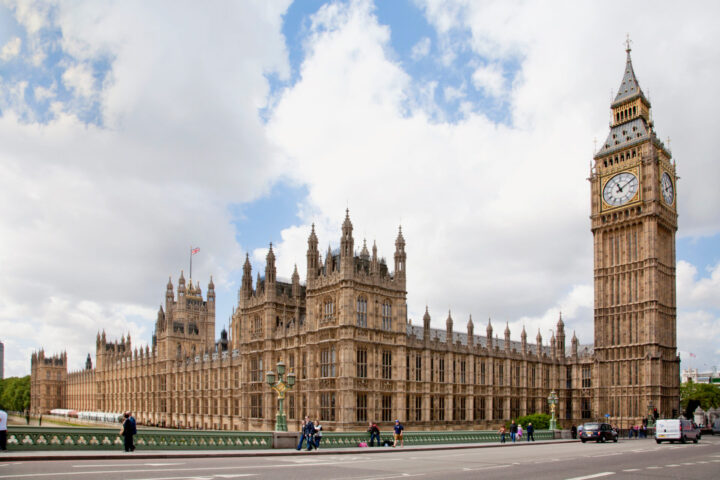Working in a heatwave can be a challenge, but there is no legal maximum temperature, according to health and safety expert Josh McNicholas from Evalu-8 EHS.
McNicholas said: “The Health and Safety Executive recommends a reasonable working temperature, typically at least 16°C, and lower for physically demanding work.
“The Health and Safety Executive requires employers to ensure a reasonable and safe working environment.
“If extreme heat poses a risk to health and safety, employers must take appropriate actions, which could include sending employees home.”
McNicholas said deciding what is ‘reasonable’ will depend on the work and the workplace.
He added: “If the job is manual labour and the work will be taking place outside, your assessment will be different to an air-conditioned office.
“All employers should do a risk assessment, including identifying vulnerable workers, providing access to cool water and rest areas, and adjusting work schedules or workloads as needed.”
McNicholas said employers should be flexible with working hours during a heatwave.
He said: “During a heatwave, it is recommended that employers seek to be as flexible as possible, even if it means going against usual conduct.
“While you may currently insist on at least two days in the office and working from 9-5, employers should consider short-term adjustments to working practices, such as allowing flexible hours so employees can avoid peak heat times, encouraging remote working, or even shortening the working day if that’s an option.
“Providing more frequent breaks, particularly for those in physical jobs, may also be a necessary step.”
Furthermore, McNicholas said most firms set a dress code to reflect their image or brand, but business attire can be very uncomfortable in hot weather, especially in warm workplaces or when commuting.
Having a summer dress code – or letting staff know the usual rules are relaxed – can make employees more comfortable in the office.
He said: “Most companies have a dress code in place to help portray a certain image or brand to their customers and clients.
“While business dress is a popular option, wearing suits or formal clothing can be extremely uncomfortable over the summer months, especially in warmer workplaces or during the daily commute.
“Having a summer dress code or informing staff that the normal dress code is relaxed will help staff feel more comfortable in the office.”
He added: “It’s still fairly early in the year, and some workplaces may not have had air-conditioning on for some time, but according to The Health and Safety at Work Act 1974 and the Workplace (Health, Safety, and Welfare) Regulations of 1992 (regulations 6 and 7) employers must ensure a healthy work environment by providing sufficient quantities of fresh or purified air, especially during a heatwave.
“Regularly maintaining air conditioning systems and replacing filters is crucial.
“Enhancing ventilation through fans and open windows, adding indoor plants to improve air quality, are also easy steps you can take to ensure air quality.”

















